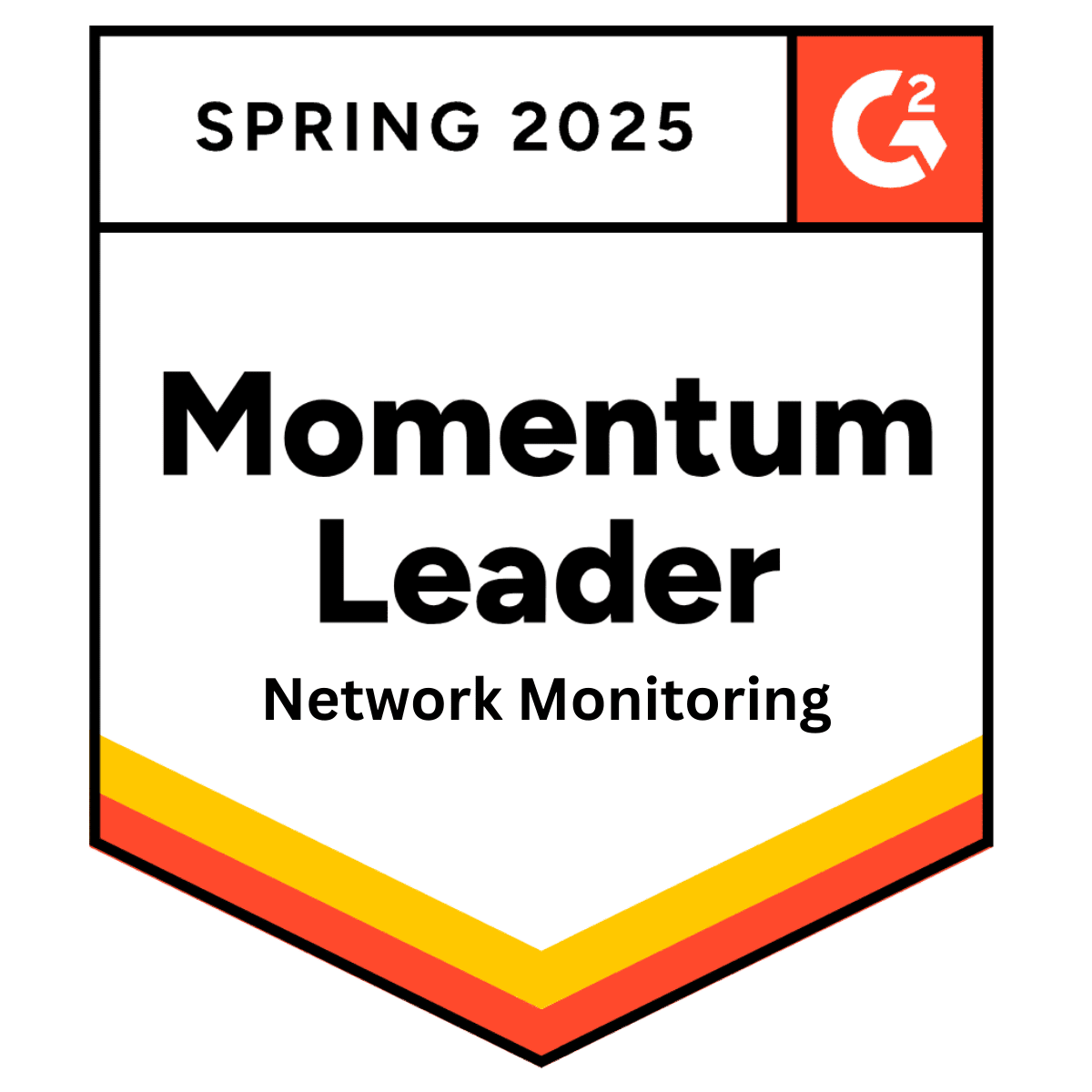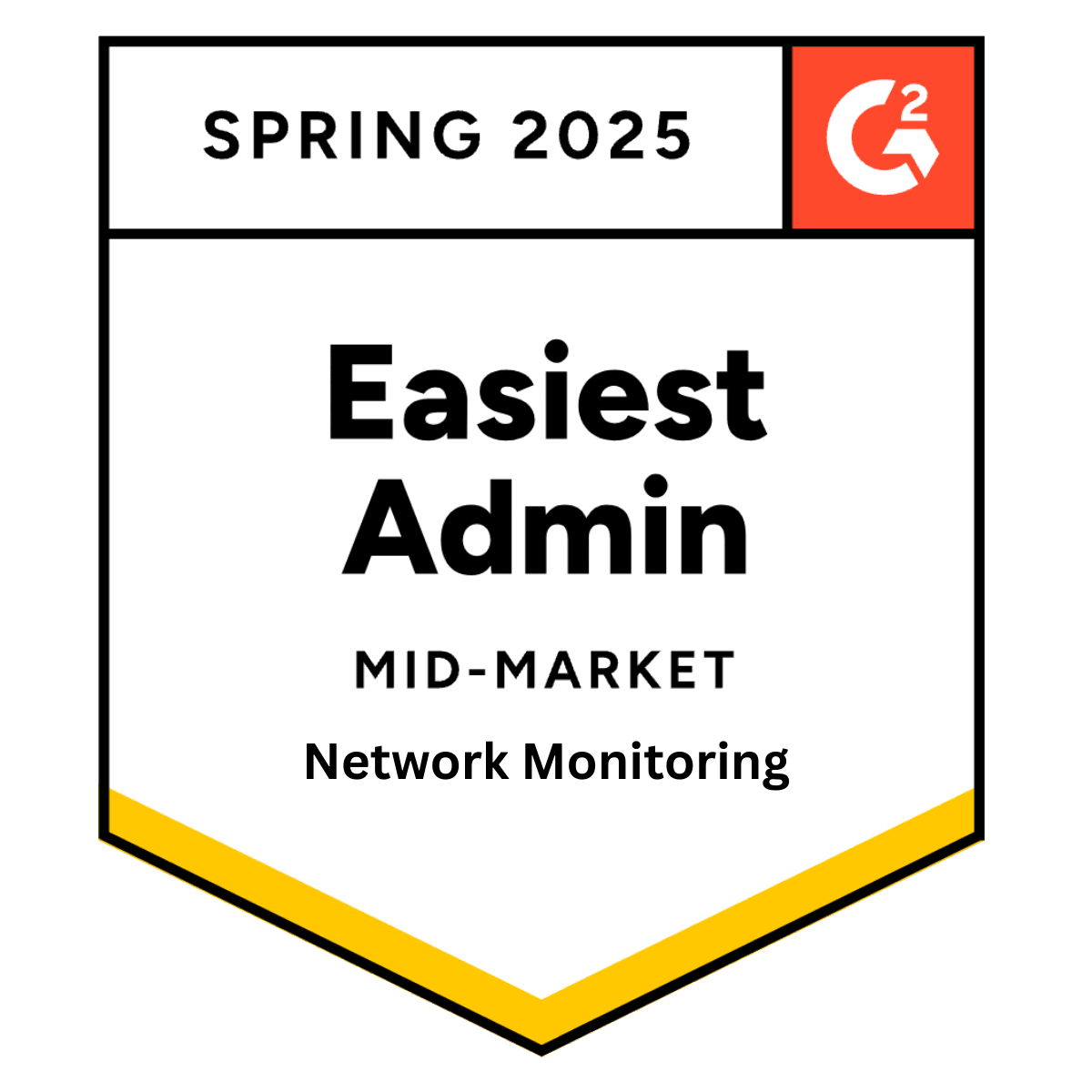
Managing Technicians for MSPs
Monday 10 May, 2021

Behind every successful MSP is a bunch of efficient and happy IT technicians. Since your technicians are at the forefront of delivering services to your customers, your success depends heavily on how well you manage them. If you don't get them to perform to the best of their abilities, it could impact everything from your SLA compliance rates to your customer churn rate and ultimately even your bottom line.
The question is, how can you effectively manage your IT technicians to get the most out of them? Since you've already taken the first and most important step, which is recognizing the need to improve, let's take a look at different best practices you can implement right away to turn your techs into IT heroes.
Refine Your Hiring and Onboarding Processes
If you hire the wrong people, managing them becomes even more difficult. You need to ensure your hiring process is designed in a way that it assesses a candidate's cultural fit too. Define your organizational culture and what it means for your techs. Ask questions about their ideal work environment and then make sure your orientation process reaffirms these values.
Once you have the right people in place, the next step is to onboard them quickly and ensure they are in the right roles. Help your new employees become self-reliant by giving them access to all critical SOPs and deploying RMM and ticketing tools that are easy to use. When your junior techs are self-reliant, your senior techs can focus less on handholding and more on complex, high-priority tickets.
Reduce Mistakes and Slow Ticket Processing
To do this, you need to employ a two-pronged approach. First, keep an eye out for technicians that are slow or error-prone. This could be a sign that their skill level and the tickets they are working on don't match. If that proves to be the case, provide additional training or change their roles to get more out of them.
Secondly, review your tech stack. When your tech stack is packed with complicated and unintuitive software, it hampers your technicians rather than enabling them. Imagine if your RMM software forces your technicians to run in loops and switch between windows to get information on different workstations and network devices. Not only does this slow them down but they may even be forced to solve issues without having complete visibility. The end result? Angry customers.
You need an effective RMM solution that allows you to access real-time, actionable information on your clients' IT environment with the help of any device closest to you. This way your technicians will be able to spot any problem quickly, communicate it with users and resolve their issues in no time. In fact, a mobile version of an effective RMM solution can help your techs go one better and provide solutions on the go.
Offer Constructive Feedback
Constructive feedback is crucial to improvement and growth. Not only can you use it as a tool to motivate and reward, it can also help both you and your technicians understand your strengths and weaknesses. You will be able to clearly identify the areas in which they are lacking and effectively guide them. Schedule regular feedback sessions with your employees and give them an overview of their impact on your business. This will eventually help you build a transparent and motivated work environment.
The key to offering constructive feedback is to make sure you track the right metrics. Without metrics to back you up, your feedback will be incomplete. For instance, a technician who lacks interpersonal skills may receive a low Customer Satisfaction Score despite a high First Call Resolution Rate. So, make sure you track all the key metrics, right from time logs to lost business hours.
Automate, Automate and Automate!
When you automate mundane tasks, you immediately free up your technicians to do much more. It really is as simple as that. You will be able to put your team's effort to much better use than on mind-numbing and tedious tasks like site walks and manual patching. In addition, you will also be able to minimize errors and delays.
The degree to which you can automate depends on the tech stack at your disposal and how well the tools integrate with each other. For instance, if your customer service platform and RMM tool has a two-way integration, you may be able to automate support ticket creation.
You can even take it up a notch by implementing tools that support auto-remediation. This will help your technicians set up workflows that trigger and respond to alerts or events by executing actions that can prevent or fix the problem.
Wrapping Up
The bottom line is that you must be proactive. You can't deploy a bunch of policy tweaks or workflow changes and simply sit back. You need to proactively work with your IT technicians and find ways to make them productive.
Share this post
Related Posts
Join the Ranks of Satisfied Customers and Experience the Pulseway Difference Today.








